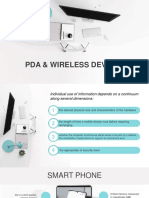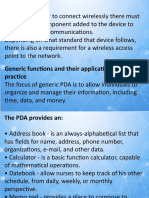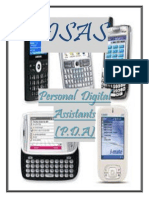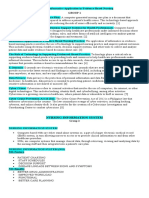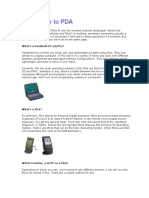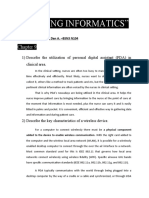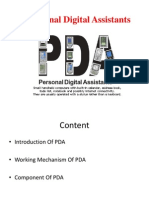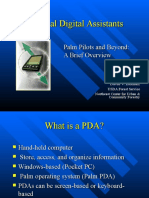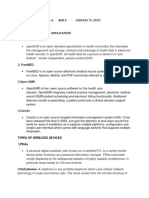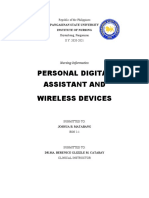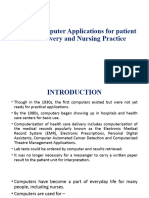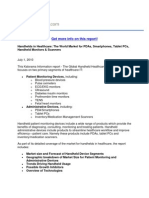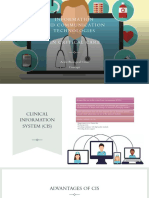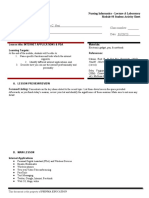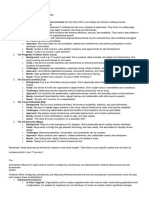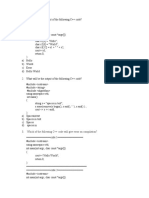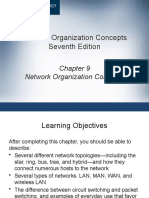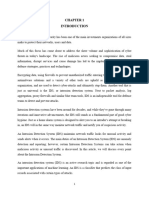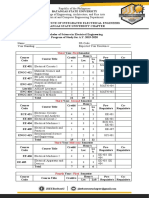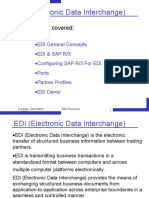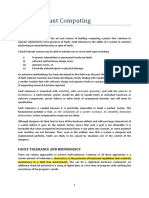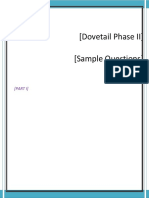0% found this document useful (0 votes)
52 views2 pagesAbstract
This document discusses personal digital assistants (PDAs), which can increase healthcare professionals' productivity by providing access to clinical and reference materials. It explains that while PDAs are useful tools, selecting the right device can be challenging due to the many styles, brands, and models available. The document aims to analyze the PDA selection process and provide information on common features, operating systems, examples of clinical software, and considerations for choosing a PDA to suit an advanced practice nurse's needs.
Uploaded by
Trupti N ChigariCopyright
© Attribution Non-Commercial (BY-NC)
We take content rights seriously. If you suspect this is your content, claim it here.
Available Formats
Download as DOCX, PDF, TXT or read online on Scribd
0% found this document useful (0 votes)
52 views2 pagesAbstract
This document discusses personal digital assistants (PDAs), which can increase healthcare professionals' productivity by providing access to clinical and reference materials. It explains that while PDAs are useful tools, selecting the right device can be challenging due to the many styles, brands, and models available. The document aims to analyze the PDA selection process and provide information on common features, operating systems, examples of clinical software, and considerations for choosing a PDA to suit an advanced practice nurse's needs.
Uploaded by
Trupti N ChigariCopyright
© Attribution Non-Commercial (BY-NC)
We take content rights seriously. If you suspect this is your content, claim it here.
Available Formats
Download as DOCX, PDF, TXT or read online on Scribd
/ 2


